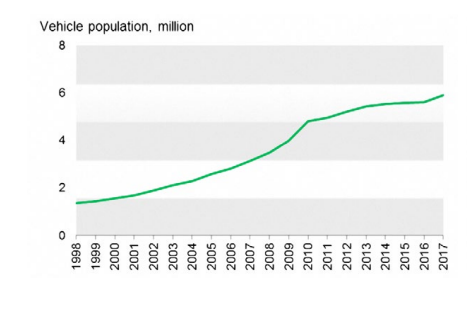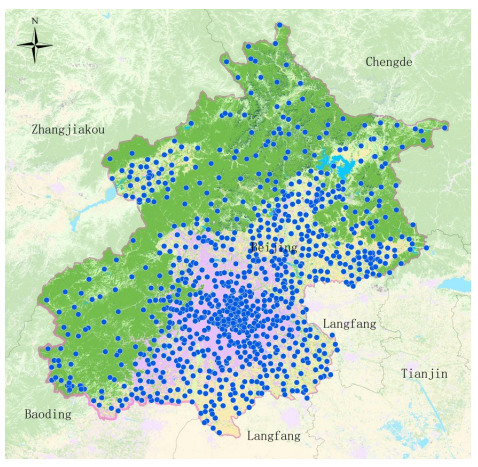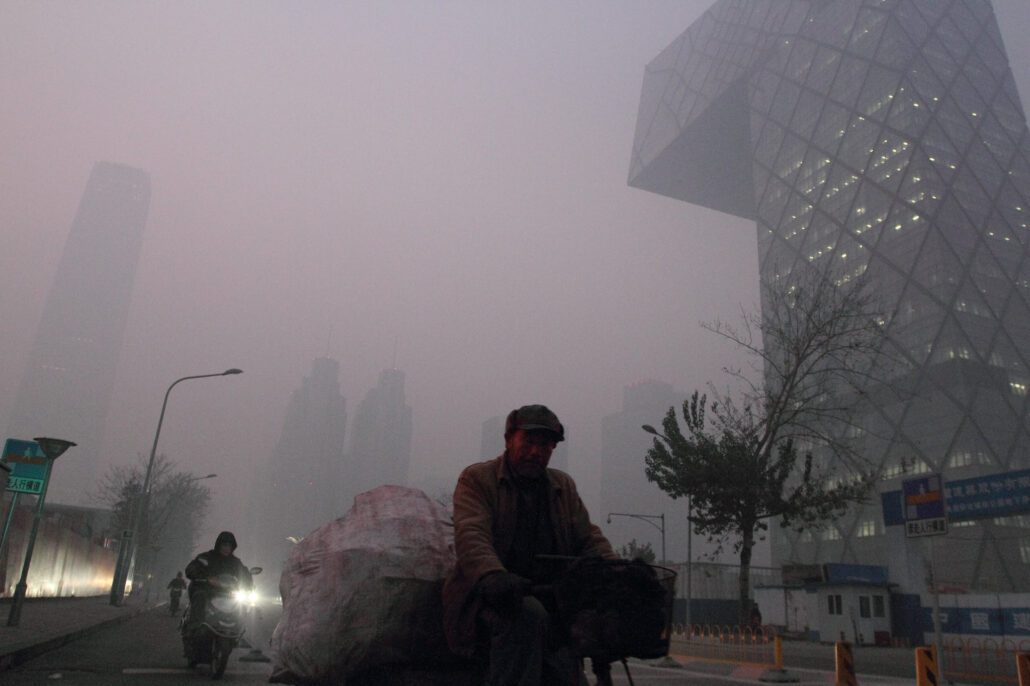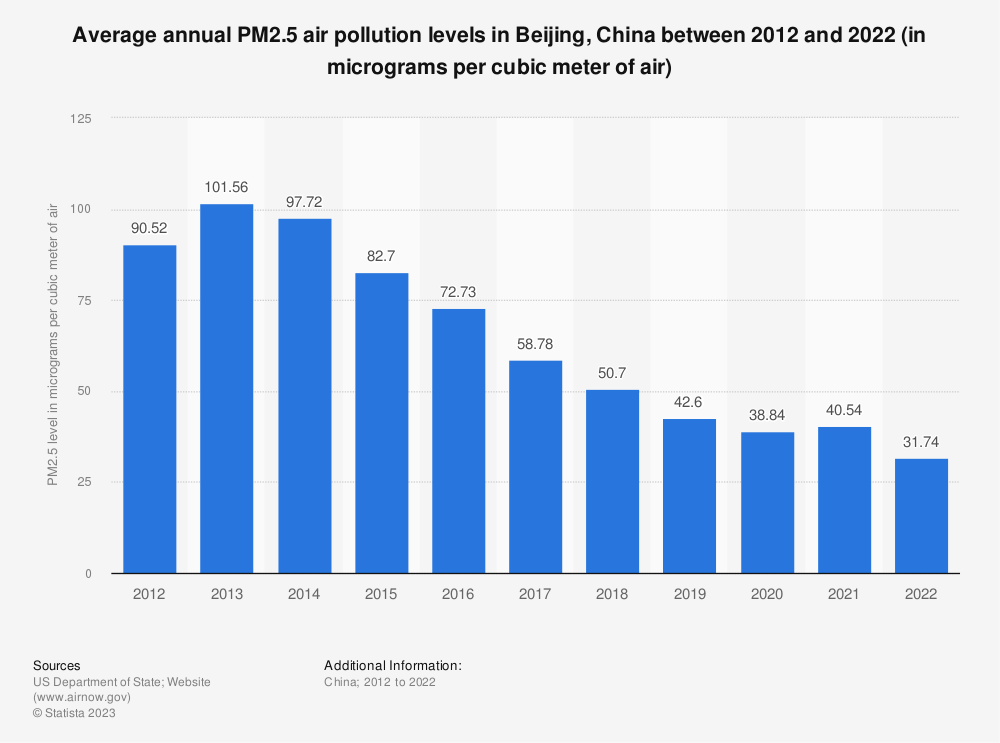Backed by municipal and national support, including the ambitious Five-Year Plan 2001-2006 as well as 2011-2016, which coupled economic growth with environmental stewardship, Beijing embarked on a journey to reshape its transportation fabric (Yao, 2018). This transformation encompassed investment reprioritization, reduced freeway growth, and curbed parking provisions, underpinned by an overarching focus on transit and the revival of traditional Chinese urban design – walking centers and transit linear corridors with dense, mixed-use patterns. The result? A decoupling of private vehicle use from wealth, as Beijing embraced public transport, cycling, and e-vehicles powered by renewable energy sources, reshaping the city’s transportation landscape.
Furthermore, Beijing’s ascendancy as the capital of the world’s largest emerging economy endows it with a crucial role in shaping China’s trajectory towards sustainability. This journey involves not just curbing car-based greenhouse emissions but also paving the path for cleaner air and greener horizons. Through a comprehensive policy spectrum, Beijing has charted its course towards cleaner skies. Initiatives like Low Emission Zones (LEZs) are vital tools in Beijing’s arsenal, aiming to reduce air pollution and enhance air quality within defined geographical boundaries. LEZs restrict access for polluting vehicles, driving the adoption of cleaner, emission-compliant modes of transportation (for more in-depth reading of LEZs, read our blog here). These zones become catalysts for fleet transformation, with newer vehicles adhering to stringent emissions standards and older ones undergoing retrofitting with emission reduction technology.
A tapestry of policies complements Beijing’s pursuit of cleaner air. License plate lotteries, driving bans, and scrapping incentives for older vehicles underscore its commitment to phasing out polluting vehicles. Embracing stringent emission standards, incentivizing new energy vehicles (NEVs), and modernizing the bus fleet further highlight the city’s resolve. Furthermore, the city focused on reducing coal consumption by shutting down industrial sites and improving heating systems. Due to afforestation projects on China’s northern borders, sandstorms, a common occurrence 15 years ago, are now a rare sight during Beijing’s spring (Zhijian, 2023). Embedded within a national policy process of decentralized experimentation, Beijing’s approach propels local initiatives that foster a broader shift towards cleaner and more sustainable urban transportation.






